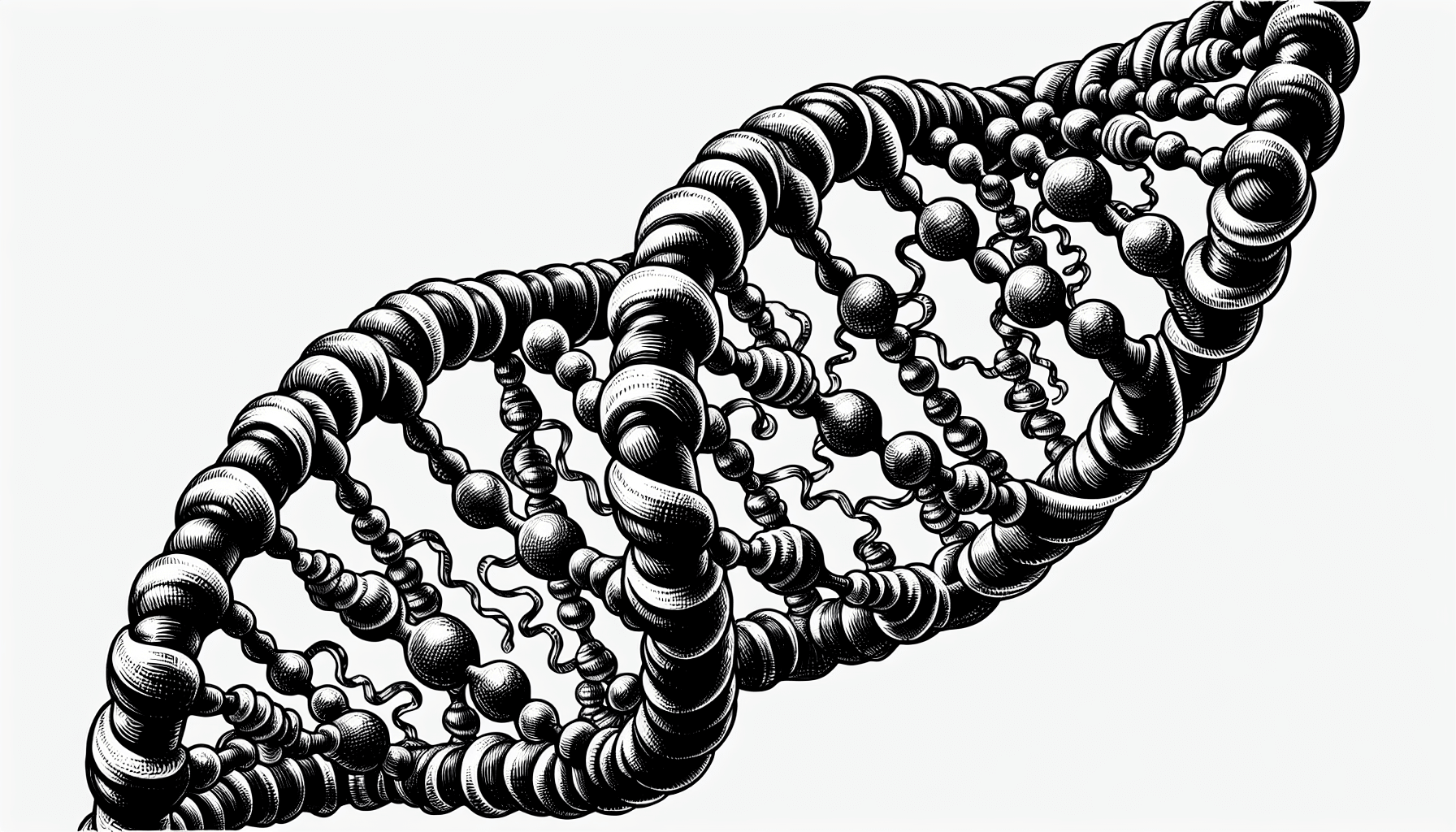Solid-state lithium-sulfur batteries boast a significant energy density and consist of materials that are easy to find. Nevertheless, their stability over many charge cycles and the slow exchange of electrons have hindered their practical use so far.
New Electrolyte Breakthrough
Recently, a new electrolyte has been developed that speeds up the chemical reactions in these solid-state batteries, addressing their issues and offering performance that outshines existing battery technologies. This solid electrolyte is composed of boron, sulfur, lithium, phosphorus, and iodine, resembling glass. It lacks a crystalline structure, yet it maintains a solid form while exhibiting liquid-like properties.
Collaborative Research Efforts
Researchers from China and Germany, particularly from Peking University, the University of Giessen, and the Karlsruhe Institute of Technology, have demonstrated that this innovative battery can endure up to 25,000 charging cycles, depending on how fast it is charged. After this extensive use, the battery retains just under 80 percent of its capacity, which is quite typical.
In optimal conditions, the energy density can be nearly three times higher than that of conventional lithium-ion batteries. The study also highlights an impressive charging speed, suggesting that full charging can be achieved in less than 1 minute. More specifically, under certain conditions, a charging time of 24 seconds is feasible, while still achieving an energy density comparable to what current batteries offer.
Long-term Charge Cycles
On the flip side, to ensure the battery’s longevity, a complete charge cycle should ideally take 12 minutes. This means the solid-state battery could potentially be charged seven times a day for over a decade.
All these findings indicates that there remains a substantial amount of unexplored potential in battery research. However, it’s important to note that these results are based on lab experiments conducted on prototypes using experimental materials. It might take some time before this technology becomes available in a practical and, crucially, cost-effective manner.
Source:
Link


